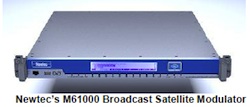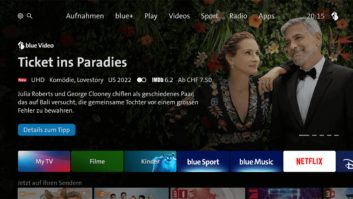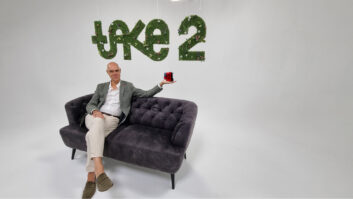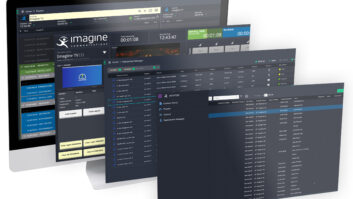
The largest public media enterprise in the US, Public Broadcasting Service (PBS), has installed a large set of Newtec M6100 Broadcast Satellite Modulators for content distribution across its nationwide network. This is part of a major upgrade to DVB-S2 and H.264 modulators while at the same time implementing Carrier ID to reduce Radio Frequency (RF) Satellite interference. In the US, PBS has 354 member TV stations.
Nearing the completion of its 10-year project, the PBS Next Generation Interconnection System (NGIS) project, which is set to replace and significantly upgrade the current infrastructure that enables PBS, regional distributors, and other entities to distribute programming for broadcast by public television stations. The result of the upgrade to these latest technologies allows PBS to reduce its satellite capacity requirement from four to three transponders.
Newtec has been actively supportive in bringing together different stakeholders throughout the industry to help develop a technology standard (Carrier ID) that reduces the impact of RFI from hours or days to minutes. As a result, Carrier ID is a unique ‘fingerprint’ on an uplink carrier, which enables satellite operators to identify transmissions to their satellites and coordinate with earth station operators to mitigate signal interference.
Newtec’s M6100, launched in April this year, already has this Carrier ID implementation. The M6100 is the new generation DVB-S2, DVB-DSNG and DVB-S modulator. It is specifically designed for contribution of television and radio content, which is the primary distribution of content and broadcast Direct-To-Home (DTH) distribution. The modulator interoperates with any third party DVB set-top box, professional IRDs and satellite demodulators.
Serge Van Herck, CEO of Newtec, said: “2012 has been one of the most important broadcast years ever. With so many broadcasters using satellite to contribute and distribute high value content and advertisements, the risk of interference is high. Satellite interference is not only costly, but can also severely disrupt the viewers’ experience. PBS has recognised this and shown foresight in addressing the developing situation and the need for Carrier ID, meanwhile saving transponder space and cutting costs.”
Stefan Petrat, vice president, Distribution Operations and Engineering of PBS, said: “Our success is built on high quality reliable broadcast distribution to our viewers. We like to set an example by implementing Carrier ID across all our uplinks and we know many in our industry will follow, and we encourage others to do so. Only when the industry comes together, can we put a halt to the growing interference problem. Carrier ID allows us to reduce the risk of interference and provides an improved and more efficient service. Newtec’s M6100 is the best solution for our needs.”
www.newtec.eu







